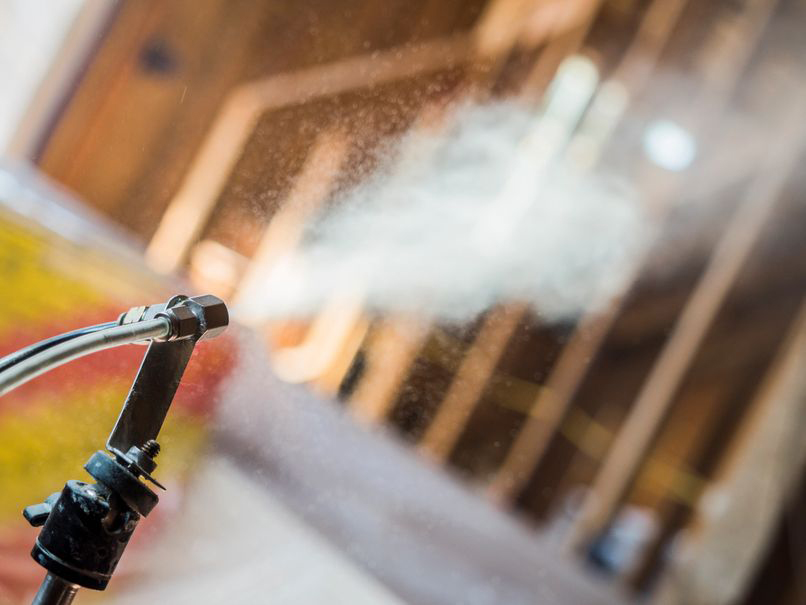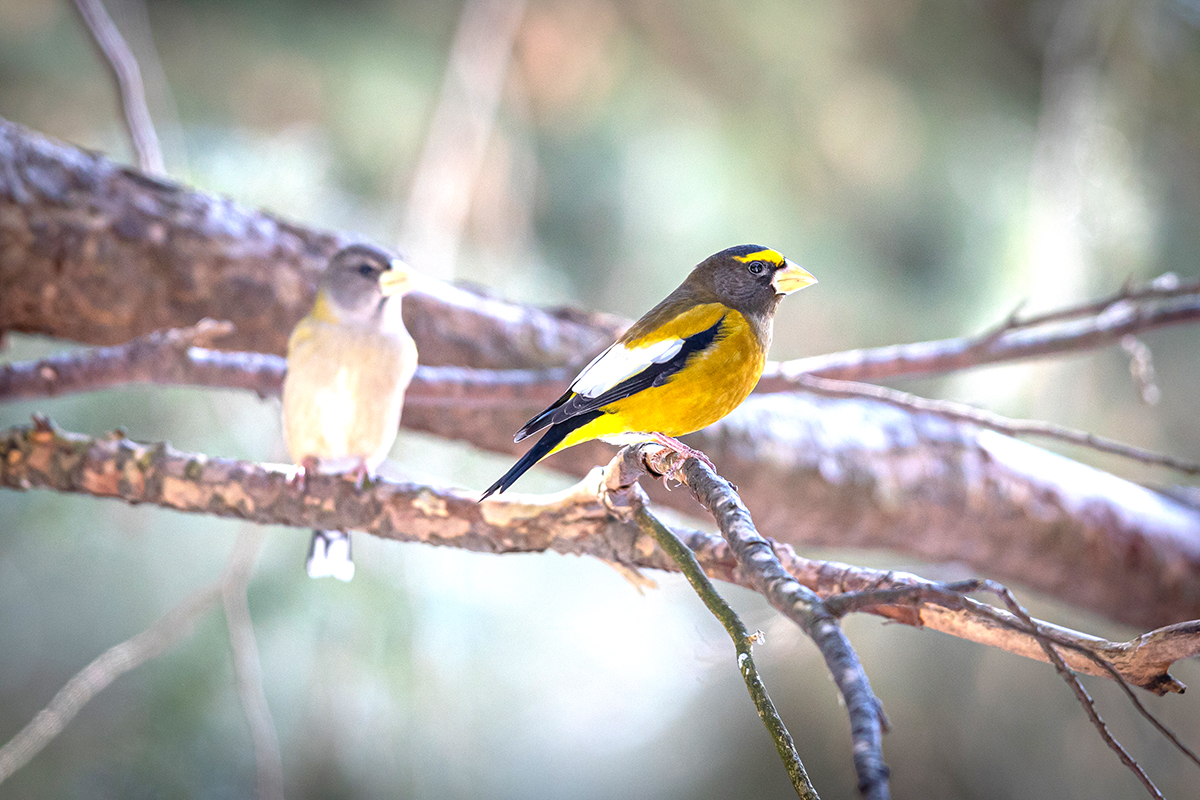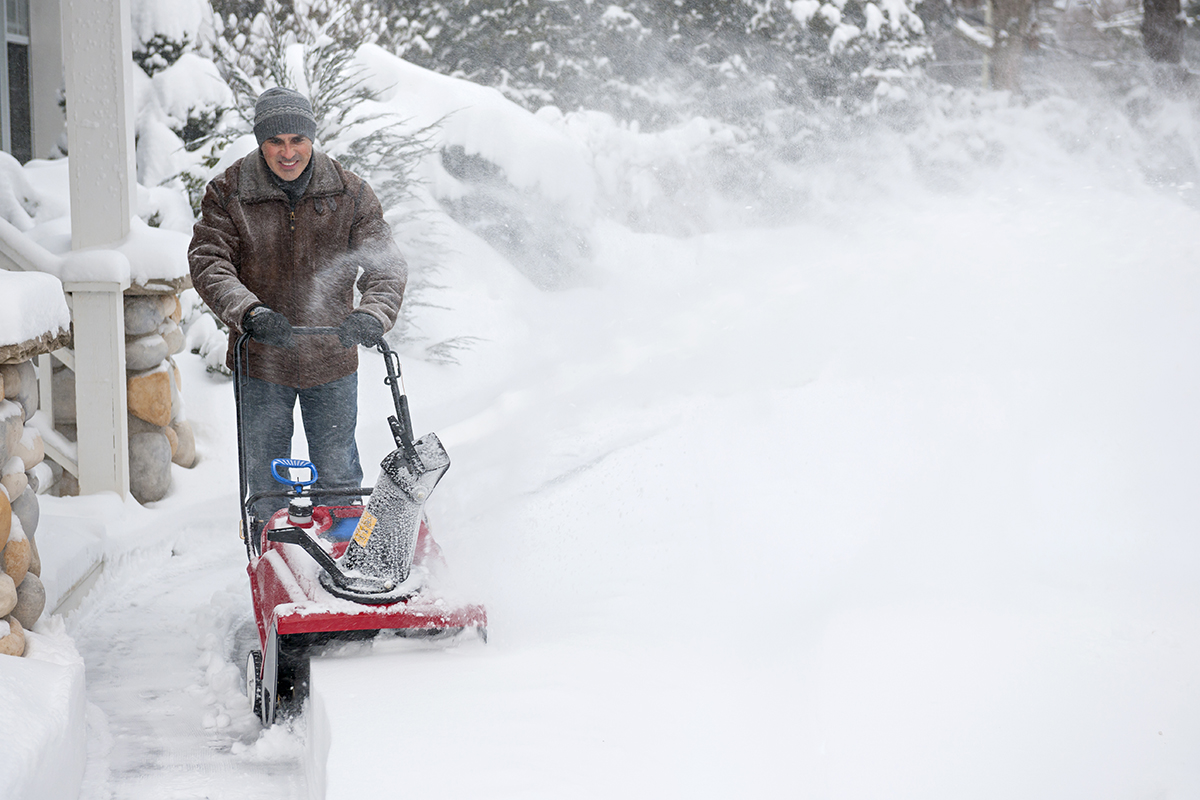WRITER | SCOTT PHILIP
Water is an essential element for a healthy outdoor habitat, integral on many levels. Nature’s ecosystems are largely controlled by rainfall patterns. From tropical rainforests to arid deserts, plants and animals are dependent on and sustained by the natural rainwater.
Our outdoor landscape spaces, too, depend on the availability of water. And while many well-designed, thriving landscapes rely on rainfall for sustenance, automatic irrigation is integral to the ecosystem of many others and can significantly expand plant options.
Irrigation is an important consideration when planning a landscape. Whether a homeowner chooses to install an irrigation system as part of a landscape installation project or not will be a key factor in the plants used in the space and the maintenance required in both the short and long term.
Properly designed and maintained irrigation systems use water very efficiently. Their overall head layout and programming are critical to delivering the correct amount of water at the base of a plant when the plant needs it. But it is true that, in the pursuit of optimum programming, a system can err toward either underwatering or overwatering. While underwatering can send plants into decline, overwatering can cause plant health issues as well.
Overwatering may seem an easy solution to lawn and plant health, but this approach can have both short- and long-term consequences. Shallow root establishment, fungal outbreaks, and unusable areas of soggy soils can result. Depending on the duration of overwatering, some issues may be easy to remedy, while others may be very costly to correct.
Rain sensors have been in use for many years and are a great first step to prevent overwatering. These devices are typically mounted on a home’s soffit and connect wirelessly to the irrigation controller. When the sensor detects a predetermined amount of rain, it prevents the irrigation system from running its next cycle – a good first step in reducing water consumption and overwatering.
In recent years, irrigation manufacturers have also developed WIFI-integrated controllers that connect to the internet and receive current data about weather patterns in an area. These highly customizable units can automatically modify irrigation run times if rainfall is present and allow both homeowners and irrigation service providers to monitor the system from a wireless device anywhere in the world.
While automatic technology is a tremendous asset in reducing water consumption in the landscape, a perceptive homeowner or landscape maintenance provider is the best solution to ensuring the correct amount of water is being applied to the various areas of a landscape. Since every property is unique, take the time to dial in your irrigation system to accommodate the weather patterns during the spring, summer, and fall months. To optimize plant health, systems should be adjusted a few times per season.
As a landscape establishes itself over the initial grow-in period, watering duration and frequency can be reduced. Mature landscapes need less water due to the deep root systems plants and trees develop over time. Reducing run times for irrigation not only helps the plants, it also preserves our precious freshwater resources.
Identifying a professional landscape designer and installer is a great first step when considering a landscape or irrigation system. They can generate a design using plants that suit both the homeowner and the site. Employing a certified irrigation designer and installer is an additional step toward ensuring your plant material is properly and responsibly watered. This team of professionals is a tremendous resource to both the homeowner and the environment when they collaborate for the overall success of the project.








